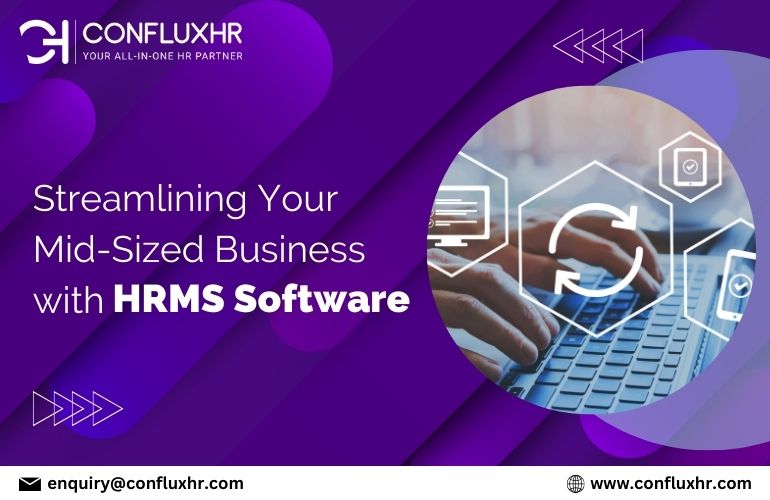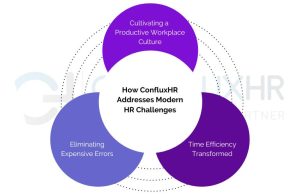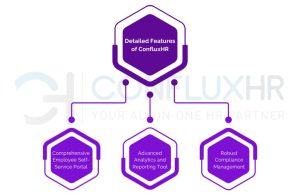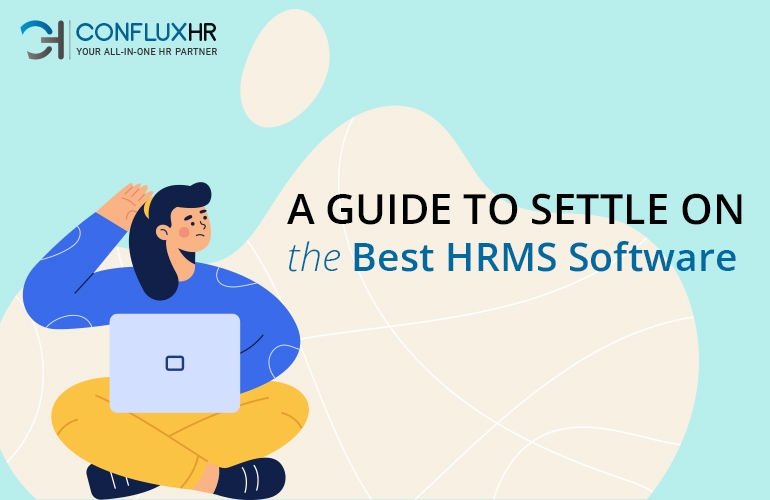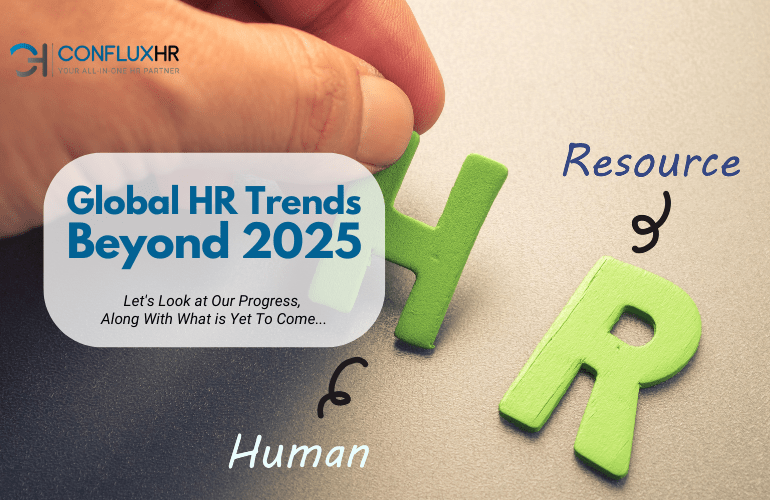In the complex world of business, efficiency and precision are not just goals, but necessities for survival and growth. This is especially true for mid-sized companies, which operate under unique pressures. These companies need robust support to manage their human resources effectively—a role perfectly filled by ConfluxHR. Our HRMS software is specifically designed to empower HR professionals and elevate overall business performance through technological excellence and comprehensive support.
The Critical Role of HRMS in Mid-Sized Companies
-
Balancing Growth with Efficiency: Mid-sized companies often experience rapid growth phases, which can create chaotic operational demands. ConfluxHR helps stabilize these growing pains by automating and optimizing HR processes.
-
Beyond Basic Functions: While many HR platforms offer generic solutions, ConfluxHR delves deeper, understanding and addressing the specific intricacies and challenges faced by mid-sized businesses. This tailored approach ensures that our platform not only fits but enhances the strategic direction of your company.
How ConfluxHR Addresses Modern HR Challenges
-
Eliminating Expensive Errors: Human errors in payroll or compliance can be costly. ConfluxHR minimizes these risks through automated workflows and accurate, real-time data analytics, ensuring financial and legal precision.
-
Time Efficiency Transformed: ConfluxHR drastically reduces the time required for routine HR tasks like processing leave requests, handling payroll, and managing employee records. Our system automates these processes, allowing your HR team to dedicate time to strategic goals that advance company growth.
-
Cultivating a Productive Workplace Culture: A positive company culture is a key driver of job satisfaction and employee retention. ConfluxHR supports this by enhancing communication, facilitating continuous feedback, and promoting engagement through an intuitive platform that connects managers and employees seamlessly.
Detailed Features of ConfluxHR
-
Comprehensive Employee Self-Service Portal: This portal allows employees to handle many of their HR-related tasks independently, which not only empowers them but also significantly reduces the administrative load on your HR department.
-
Advanced Analytics and Reporting Tools: Gain valuable insights with ConfluxHR’s powerful analytics capabilities. Understand trends, predict future needs, and make data-driven decisions that impact productivity and business success.
-
Robust Compliance Management: Stay ahead of compliance with our automated updates and checks that ensure your business adheres to the latest laws and regulations, thus avoiding potential legal issues.
Conclusion
As the corporate landscape continues to evolve, the need for efficient, reliable HR solutions becomes more apparent. ConfluxHR stands out as not just a tool, but a strategic partner, fully equipped to transform your HR department into a pivotal asset for your business. By embracing ConfluxHR, mid-sized companies not only streamline their HR operations but also take a giant leap towards fostering a more engaged, productive, and satisfied workforce. Choose ConfluxHR, where we make your HR challenges our priority, helping you build the successful and resilient company culture you aspire to achieve.


